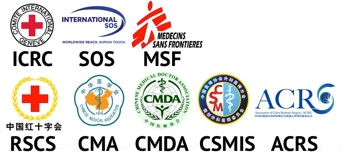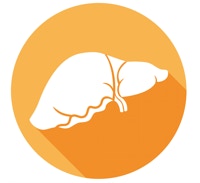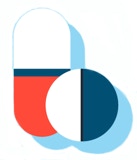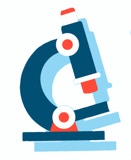

Liver
Alcohol-induced liver disease, as the name implies, is caused by excessive consumption of alcohol and is a common, but preventable, disease.
Hepatitis is the inflammation of the liver, resulting in liver cell damage and destruction. Alcoholic hepatitis is a complex problem and is a precursor to chronic liver disease and cirrhosis.
Doctors
Institutions
Conditions
Hepatitis is the inflammation of the liver, resulting in liver cell damage and destruction. In autoimmune hepatitis, the body's own immune system destroys liver cells
Chronic liver disease is marked by the gradual destruction of liver tissue over time. Several liver diseases fall under this category, including cirrhosis of the liver and fibrosis of the liver.
Biliary cirrhosis is a rare form of liver cirrhosis, caused by disease or defects of the bile ducts.
Congenital liver defects are rare liver diseases present at birth such as biliary atresia, when the bile ducts are absent or have developed abnormally, and choledochal cyst, a malformation of the hepatic duct that can obstruct flow of bile in infants.
Drugs
Hepatitis is the inflammation of the liver, resulting in liver cell damage and destruction. Drug-induced hepatitis is rare and is caused by toxic exposure to certain medications, vitamins, herbal remedies, or food supplements.
Insurances
TCM
Research
7.Virus Hepatitis
Hepatitis A is a highly contagious and sometimes serious liver disease caused by the hepatitis A virus.
Hepatitis C (once called non-A, non-B hepatitis) is a liver disease caused by a recently identified blood-borne virus.
Tumors are abnormal masses of tissue that form when cells begin to reproduce at an increased rate. The liver can grow both non-cancerous (benign) and cancerous (malignant) tumors.
Include Hepatitis A、Hepatitis B and Hepatitis C
Hepatitis B is a blood-borne microorganism transmitted by exposure to the hepatitis B virus through infectious body fluids.














